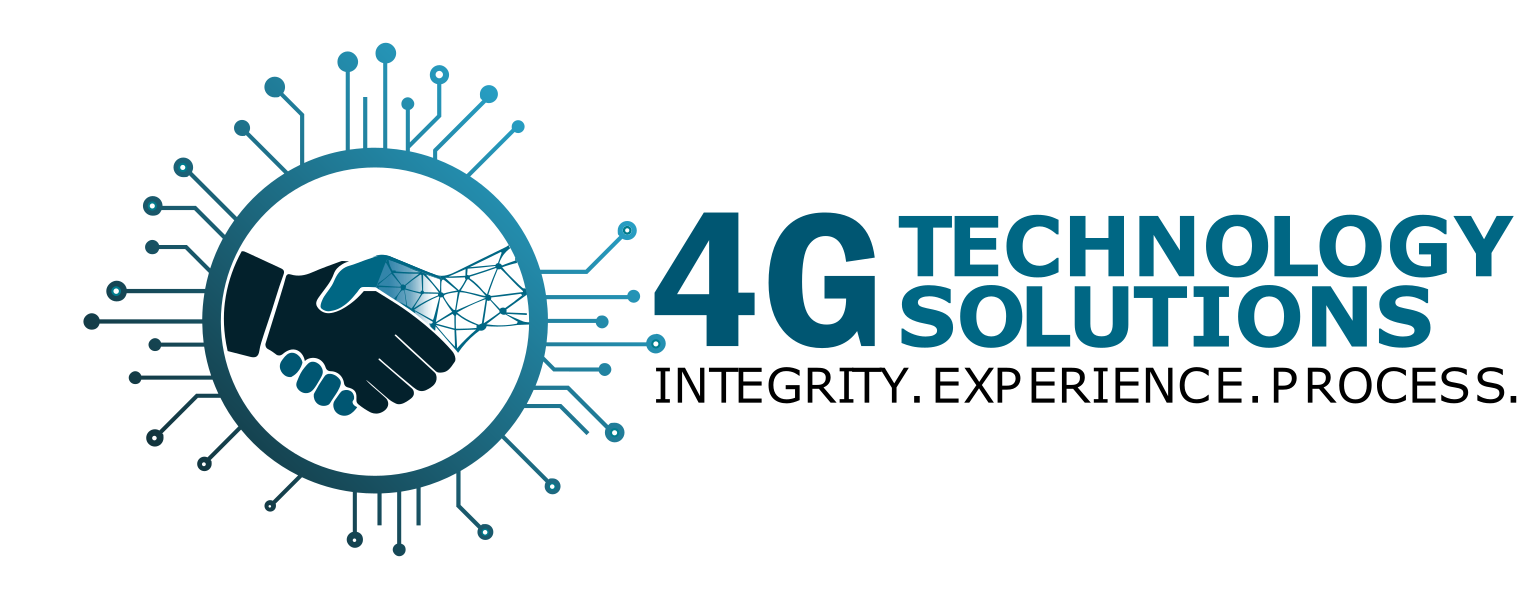Migrating to Jira is a big win, but the work doesn’t end at go-live. In fact, for most organizations, that’s where the real journey begins.
After all the planning, data mapping, and careful rollout phases, it’s tempting to declare victory and move on. But without ongoing governance, training, and continuous improvement, Jira can quickly become cluttered, inconsistent, and frustrating for users.
In our earlier posts, we covered:
- 10 Critical Considerations for Jira Enterprise Teams
- 7 Common Jira Migration Pitfalls (and How to Avoid Them)
- 7 Best Practices for Data Mapping & Transformation
This final post in the series focuses on what comes after migration: how to sustain success, drive adoption, and keep your Jira instance healthy for the long haul.
1. Celebrate the Go-Live (But Don’t Stop There)
Why It Matters:
Acknowledging the milestone motivates teams and reinforces that the migration was worthwhile. But it’s also the moment to pivot into a mindset of ongoing improvement.
Best Practices:
- 🎉 Share the win: Announce the successful go-live company-wide, highlighting benefits and thanking contributors.
- 📊 Highlight quick wins: Share early results: faster issue resolution times, improved visibility, better reporting.
- 🗣 Gather immediate feedback: Set up a feedback channel for users to share what’s working and what isn’t.
2. Establish Jira Governance
Why It Matters:
Without governance, Jira instances can spiral out of control with duplicate workflows, unused fields, and inconsistent permissions making the tool harder to manage over time.
Best Practices:
- 🏛 Create a governance group: Include Jira admins, project owners, and key stakeholders.
- 📋 Set clear policies: Decide how new projects, custom fields, and workflows are requested and approved.
- 🔐 Manage permissions centrally: Avoid ad-hoc permission changes that could create security gaps.
- 📆 Review periodically: Schedule quarterly or bi-annual governance reviews to prune unused assets.
3. Provide Ongoing Training & Support
Why It Matters:
Training isn’t a one-and-done event (especially when Jira evolves, new automations are added, or new teams come onboard).
Best Practices:
- 🎓 Offer refreshers: Run short training sessions quarterly or when new features roll out.
- 📚 Keep resources updated: Maintain a library of how-to guides, quick-reference sheets, and recorded demos.
- 💬 Create a support channel: Use Slack, Teams, or Jira Service Management for ongoing questions.
- 🏅 Leverage champions: Have “power users” in each department who can answer peer questions.
4. Measure and Track Adoption
Why It Matters:
If you don’t measure usage and outcomes, you can’t know whether Jira is delivering value or if teams are slipping back into old habits.
Best Practices:
- 📊 Track key metrics: Usage rates, issue creation/resolution times, SLA compliance, and workflow bottlenecks.
- 🗣 Survey users: Run quarterly pulse surveys to gather feedback on usability and satisfaction.
- 🔄 Iterate based on findings: Use data to refine workflows, automation rules, and permissions.
5. Continuously Optimize
Why It Matters:
Jira should evolve as your organization evolves, but in a controlled way. Regular optimization keeps the system lean and effective.
Best Practices:
- 🧹 Clean up regularly: Archive old projects, delete unused fields, and retire stale workflows.
- ⚡ Automate repetitive tasks: Use Jira automation to streamline approvals, notifications, and status updates.
- 🔌 Leverage integrations: Connect Jira to Confluence, CI/CD pipelines, or service management tools for a more unified workflow.
6. Plan for Scaling
Why It Matters:
As your organization grows, more teams will want to use Jira. Having a scaling strategy keeps your instance sustainable.
Best Practices:
- 🏗 Create project templates: Standardized configurations speed onboarding for new teams.
- 🌱 Pilot new teams in phases: Apply lessons learned before rolling Jira out to the entire org.
- 📈 Build leadership dashboards: Provide executives with metrics that show Jira’s business impact.
7. Keep Leadership Engaged
Why It Matters:
Leadership buy-in is essential to secure ongoing resources, drive adoption, and keep Jira aligned with strategic goals.
Best Practices:
- 📰 Share success stories: Show how Jira has improved delivery speed, visibility, and collaboration.
- 💡 Tie improvements to business goals: Demonstrate how Jira is reducing risk, improving compliance, or increasing efficiency.
- 🔁 Maintain regular check-ins: Ensure leaders remain invested and supportive of continued improvements.
🏁 The Bottom Line: Jira Is a Living System
Jira migration is not the finish line, it’s the foundation. Treat your Jira instance as a living system that needs care, governance, and iteration to deliver long-term value. With the right governance, adoption strategy, and continuous improvement plan, Jira can remain a powerful enabler for your enterprise for years to come.
🚀 Ready to Take Jira to the Next Level?
At 4G Tech Solutions, we don’t just help teams migrate to Jira- we help them thrive in Jira. Our experts provide governance frameworks, adoption programs, and continuous improvement strategies that keep your instance healthy and scalable.
📩 Contact us today to discuss post-migration optimization, training programs, or governance planning.

